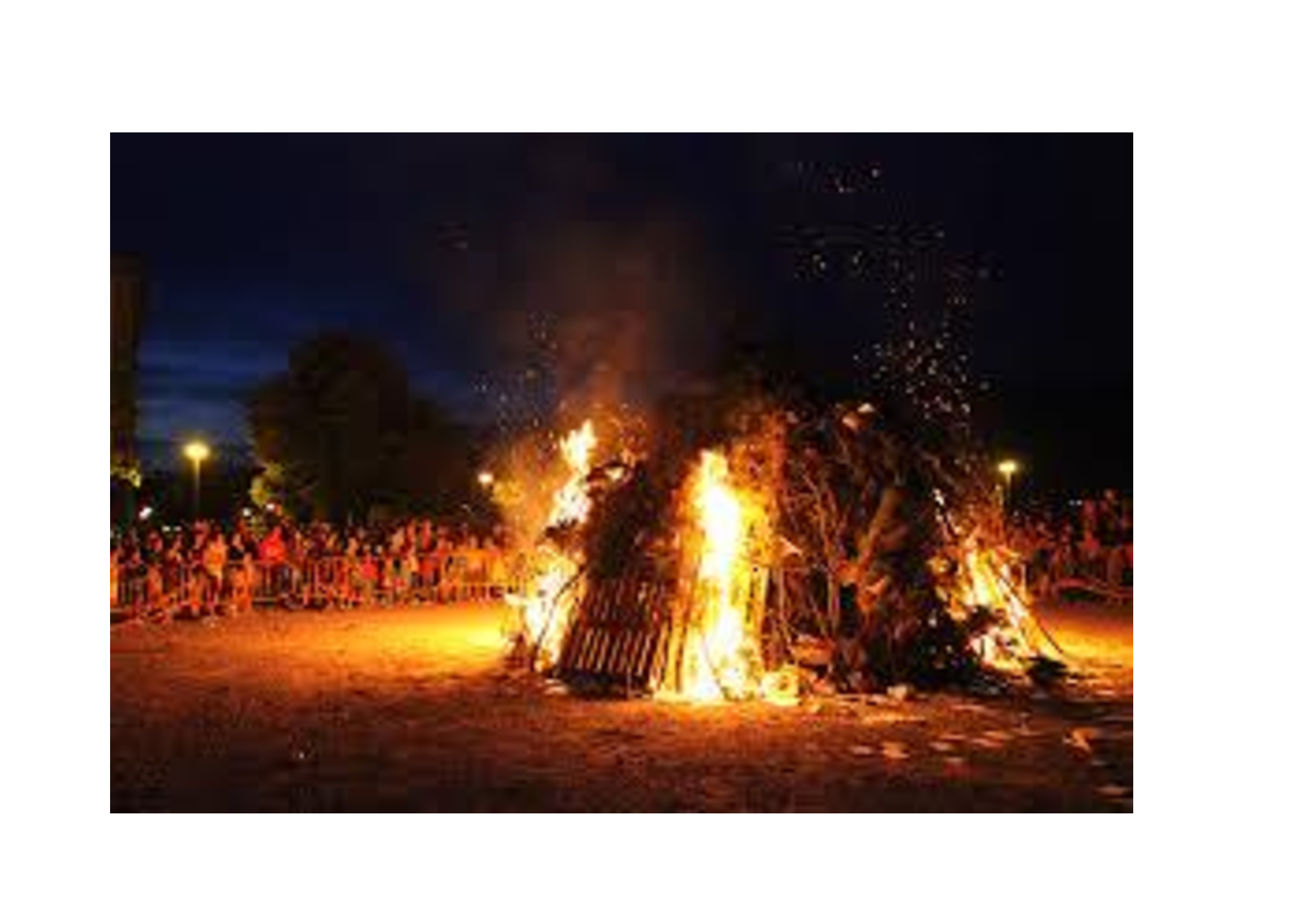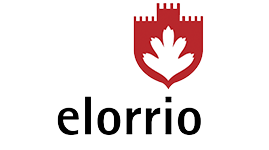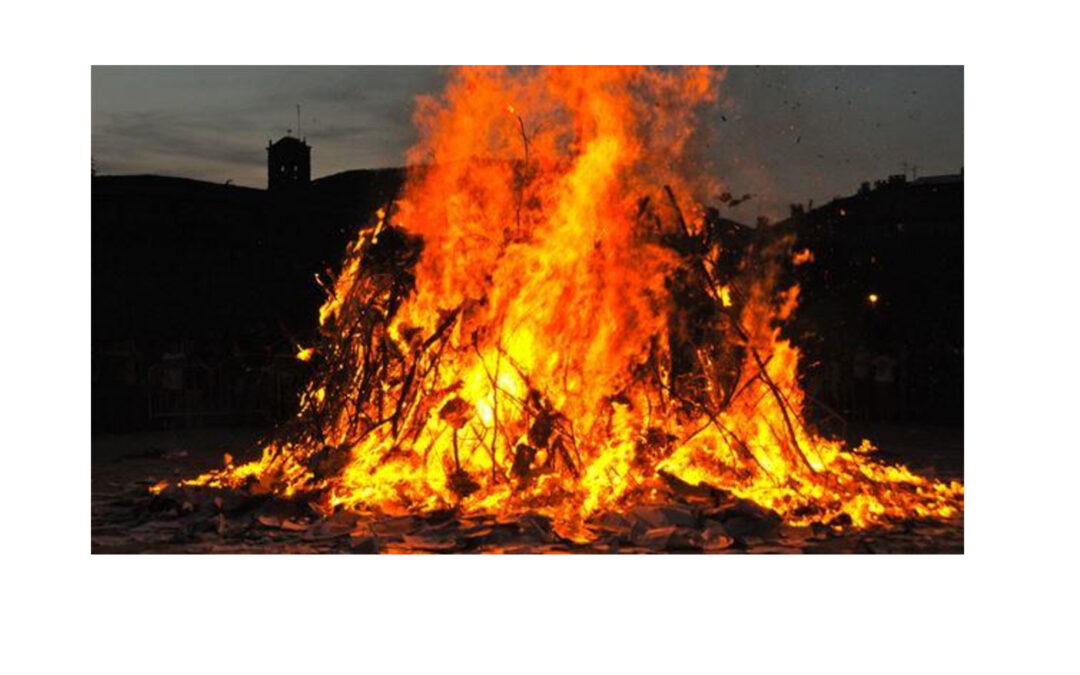Midsummer´s night
The celebration of Midsummer’s Eve has its origins in the pagan celebration related to the summer solstice in the northern hemisphere. The summer solstice is the time when we have the longest day of the year and the shortest night. This day is usually the 21st or 22nd of June; nowadays, due to the Catholic religion, St. John’s Eve celebrations are held on the 24th of June with the summer solstice.
In many European countries, the night of the summer solstice is celebrated with fire, such as Spain, Portugal, Finland, Estonia, Denmark, Wales, Scotland, Ireland, England, etc. From this extension, it can be said that the origin of this ritual in Europe comes from the ancient Indo-European culture.
The Celts probably brought this ritual to the Basque Country around 3000 years ago. Since then it has remained internalised in our customs, but it was assimilated and adapted by Christianity, like other pagan celebrations, and today it is celebrated together with the day of Saint John the Baptist, the Catholic saint.
The best known custom is to light a fire at the entrance to the farmhouse and in the village squares. Tree branches and old junk are burnt there, in the belief of a renewal of cleanliness, on the magical night, which is celebrated in a festive atmosphere. According to tradition, this fire is a free protector against natural phenomena and the smoke coming out of the flames cures some illnesses.

Antzeko Artikuluak
Coat of arms in Elorrio
Most of the coats of arms in Elorrio have to do with the surnames that also appear on the coats of arms of the buildings located in the rural areas of the municipality. This is where the family's original farmhouse is located. This information about the original...
CALVARIES OF ELORRIO
The complex of crosses in Elorrio is currently the largest in the Basque Country. It represents ten percent of the crosses inventoried in the Basque Country. There are currently nine crosses in Elorrio. All of them are 16th century works and, except for the late...
INTERNATIONAL WOMEN’S DAY
8 March was declared International Women's Day by the UN in 1975. We have to go back a few years, to 1917, to find the origins of International Women's Day. That year, on 8 March, Russian women went on strike asking for bread and peace. Four days later the ‘Tsarr’...

